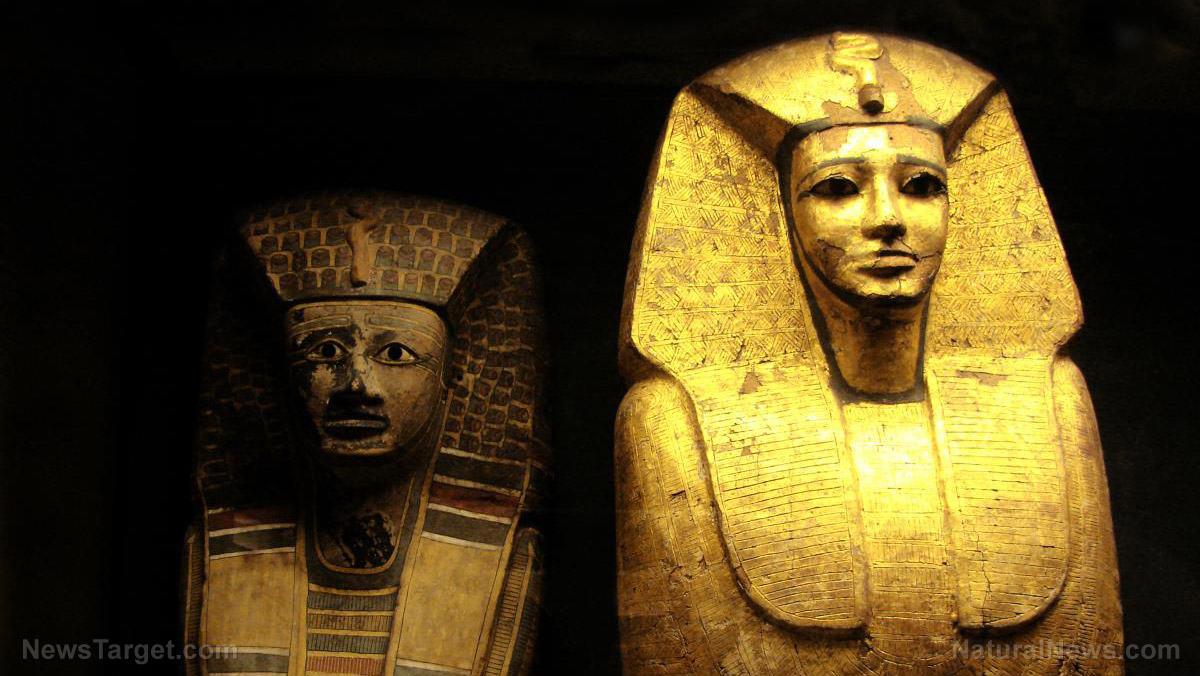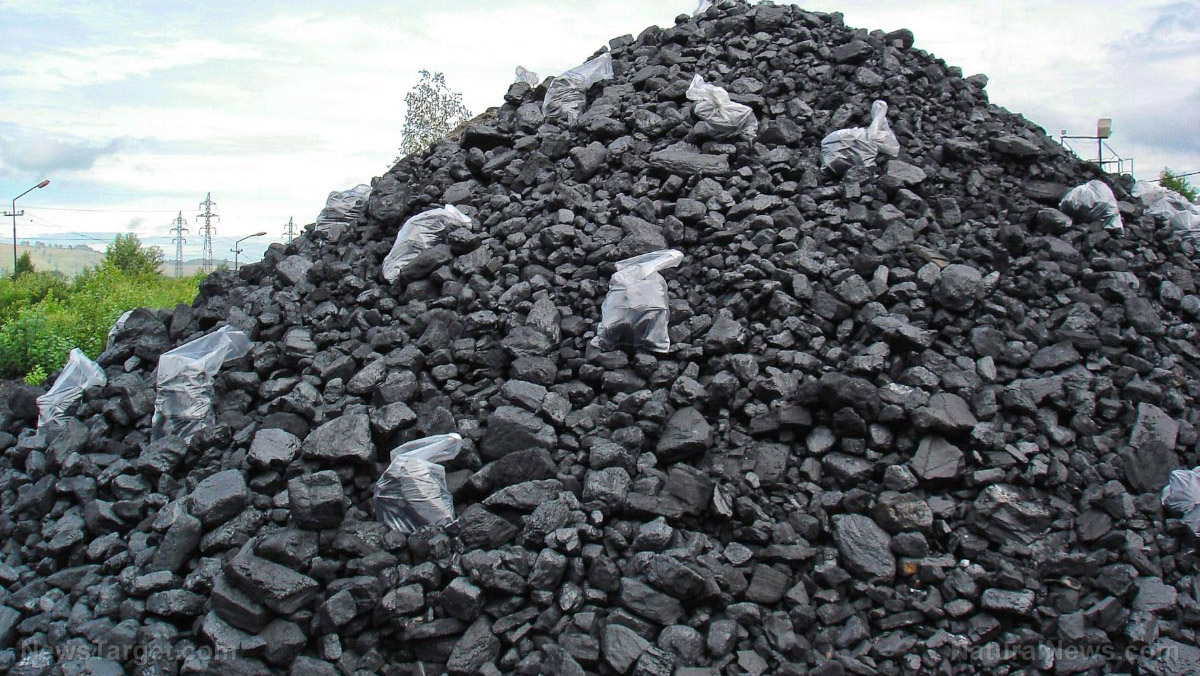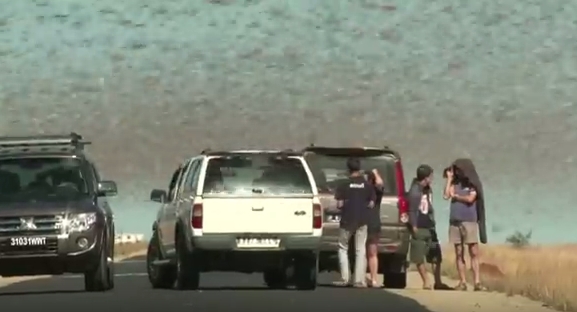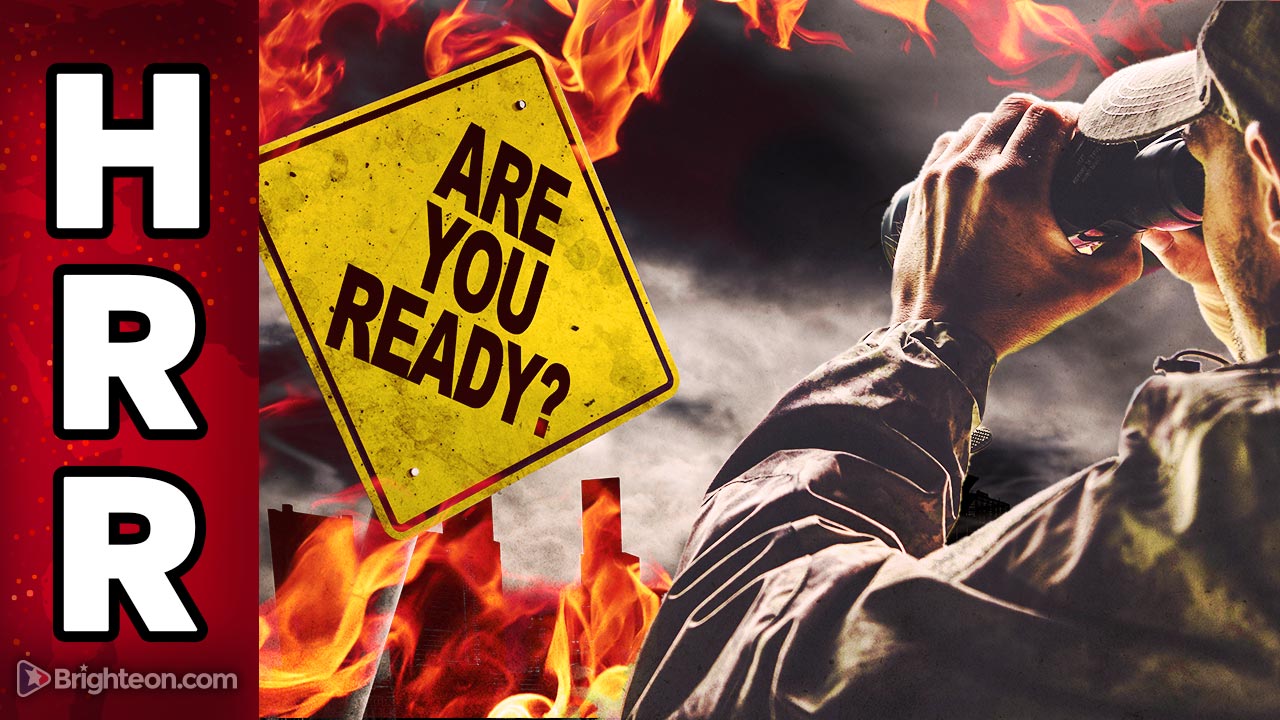 Parler
Parler Gab
Gab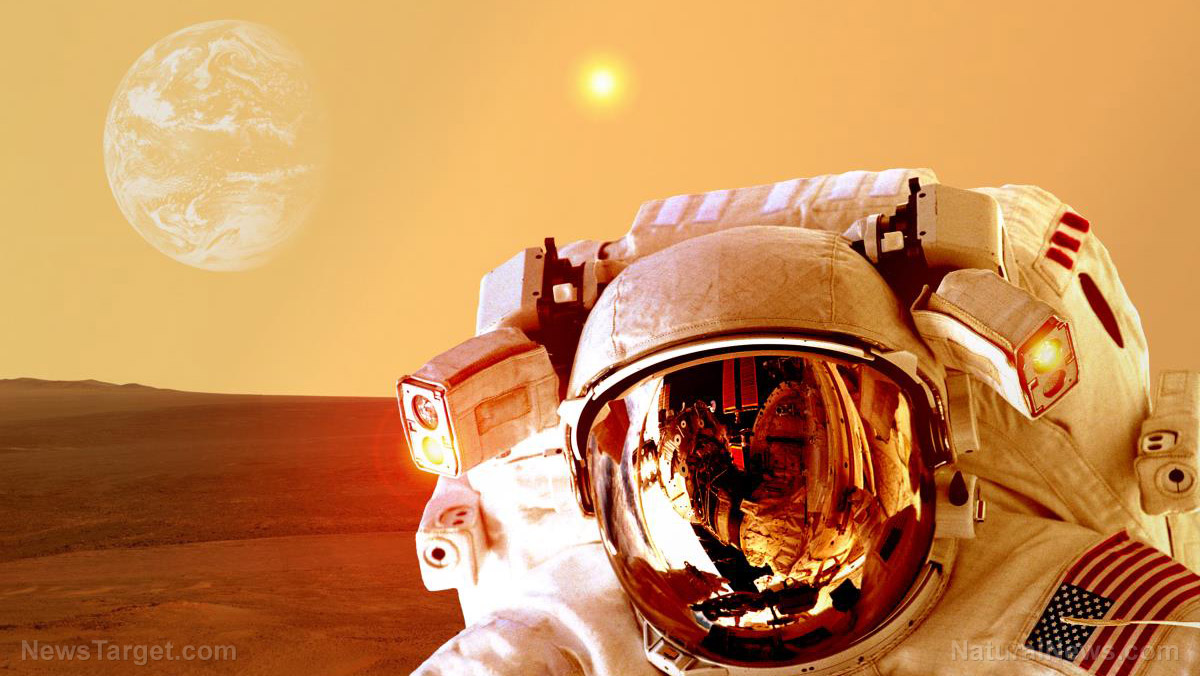
Disposing of a corpse during a Mars mission
The National Aeronautics and Space Administration (NASA) is looking to send the first man to Mars in a few decades, but that is not going to be easy. Besides being 170 million miles from Earth, the Red Planet is bereft of a robust atmosphere and magnetic field. In the absence of these natural shields, cosmic rays and ionizing radiation reach the Martian surface virtually unfiltered. Despite these dangers, NASA hasn't established any protocols for dealing with the untimely death of one of its astronauts. "NASA does not prepare contingency plans for all remote risks," the space agency told Stirone. "NASA's response to any unplanned on-orbit situation will be determined in a real time collaborative process." Thirty astronauts have so far died during spaceflight, but only three of them have actually died in outer space. In 1971, a trio of Soviet Union cosmonauts spent nearly a month onboard a space station orbiting Earth. On their way home, a faulty valve seal in their return capsule burst open, killing all three of them in an instant. But the capsule carrying the men managed to return to Earth intact. In fact, when the capsule landed, recovery crews were surprised to see the cosmonauts dead. Nothing about the crew's re-entry indicated that something had gone wrong. Because no one has actually died beyond Earth's immediate neighborhood, it remains to be seen what a space burial looks like in real life. "The real interesting question is, what happens on a mission to Mars or on the lunar space station if there were [a death]," Emory University bioethicist Paul Wolpe told Stirone. "What happens when it may be months or years before a body can get back to Earth – or where it's impractical to bring the body back at all?" There are a few burial options. If an astronaut dies during the voyage to Mars, the body can be placed in cold storage until the spacecraft touches down. It can also be freeze-dried; it would be held outside the capsule and the cold of space should cover it in ice. If that's not an option, the deceased can be jettisoned. It would become locked in the spacecraft's path and linger exactly where it would be let go. Plus, there is no rule that forbids dumping a corpse in space. "Currently, there are no specific guidelines in planetary protection policy, at either NASA or the international level, that would address 'burial' of a deceased astronaut by release into space," Catherine Conley of NASA's Office of Planetary Protection said. If a corpse reaches Mars or someone dies on the planet, the remaining crew members can give the dead a proper Martian burial. This entails cremating the body to prevent contaminating the planet with terrestrial microbes. "Regarding the disposal of organic material (including bodies) on Mars," Conley said, "we impose no restrictions so long as all Earth microbes have been killed, so cremation would be necessary." (Related: Space cooties: Should astronauts be worried about fungi on space stations?)Resorting to cannibalism to survive in space?
An equally important question is whether surviving crew members should be permitted to eat their crewmate in case of an emergency. This has happened before in the aftermath of the 1971 Andes flight disaster. After their plane crashed in the Andes Mountains, survivors were stranded in the snow-packed mountain for over two months. With limited food and no means of communication, they made the hard decision to feed on some of the dead passengers – most of which were their own family and friends. Thorpe says that the opinion on cannibalism is split: "There are two kinds of approaches to it. One says even though we owe the body an enormous amount of respect, life is primary, and if the only way one could possibly survive would be to eat a body, it's acceptable but not desirable." Learn more about the dangers of space exploration at Space.news. Sources include: DailyMail.co.uk PopSci.com Astronomy.com Britannica.comSteve Quayle: Truth about aliens and destruction of human race will be revealed
By Kevin Hughes // Share
Food supply 101: How to grow edible mushrooms in your home garden
By Zoey Sky // Share
Giant swarms of locusts ravage over 80% of crops and livestock feed in region of Russia
By Belle Carter // Share
Glen Canyon Dam close to shutting down as Lake Powell water levels continue to drop
By Arsenio Toledo // Share
